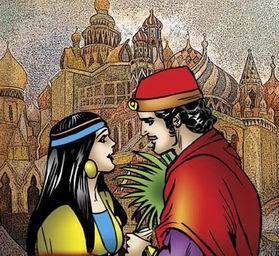


Betrayed and exiled due to jealousy, the story begins with him tied to a tree and lamenting about the innocent people of his country falling victim to money- and power-hungry officials like Count Adolfo. Dizon describes in “Reintroducing Balagtas and His Work,” “Florante at Laura” is “a sustained poetic interrogation about the nature of justice, truth and the human commitment to social-political equity” by heralding stories “between father and son, ruler and ruled, lover and beloved, Christian and Muslim man and woman.”ĭespite being born into privilege as the son of a duke and a princess, Florante did not turn a blind eye to the suffering of the people in fictional Albania. Jose Rizal, looks up to it as a literary masterpiece.Īs Romeo G. It cleverly used allegory, satire and paradox to depict the chaos in the country, much so that even our national hero, Dr. This already hints at how it was motivated by personal experience and awareness of the political situation back when the peace and freedom of the Filipino people were disrupted by the rule of the Spanish government. In fact, it is said that the famous literary work was written by Balagtas while in prison and was published on his release in 1838. However, “Florante and Laura” is more than a love story-it is a masterpiece that talks about injustice, bad governance and revolution. Often portrayed as a story that talks about how love conquers all, the awit-a type of Filipino poem consisting of twelve syllables and four stanzas-revolves around lovers separated by unfair situations.

A literary classic and a historical and cultural masterpiece-that is how most people know Francisco “Balagtas” Baltazar’s “Florante and Laura” as.


 0 kommentar(er)
0 kommentar(er)
